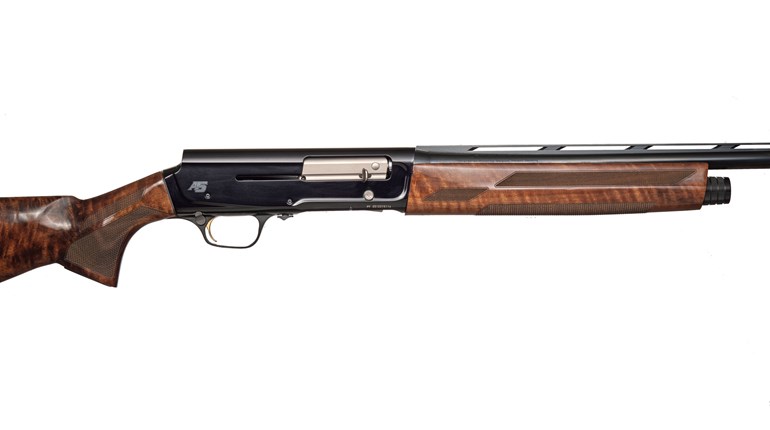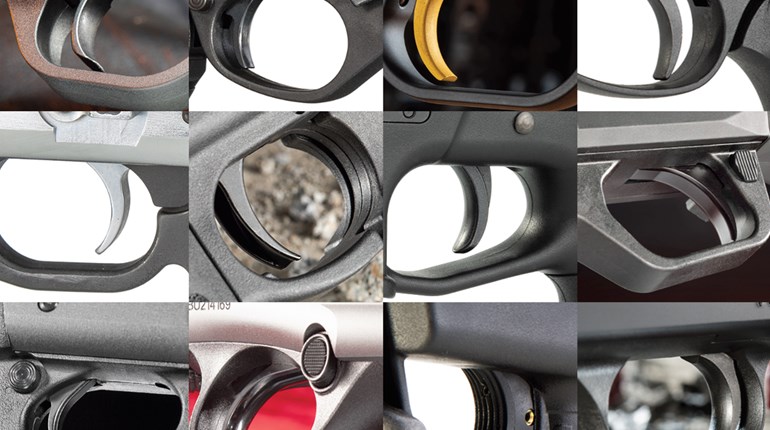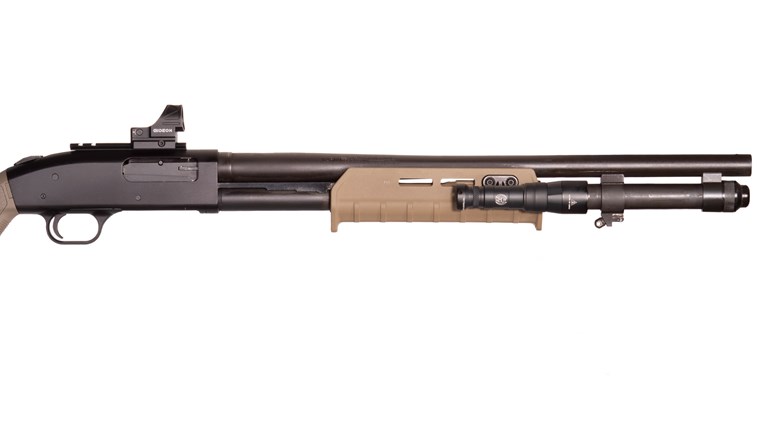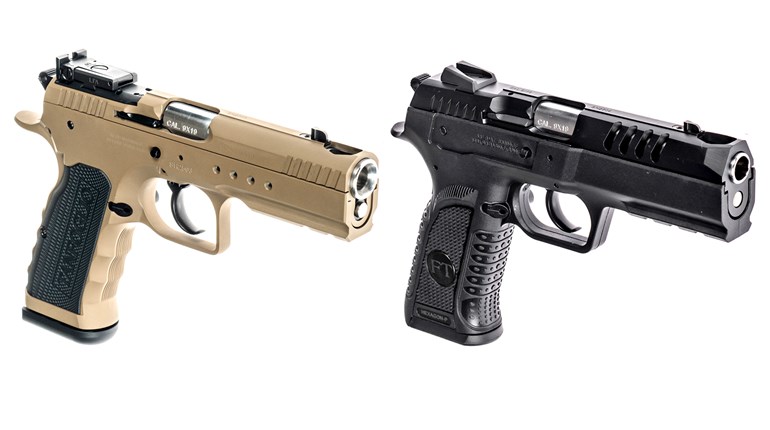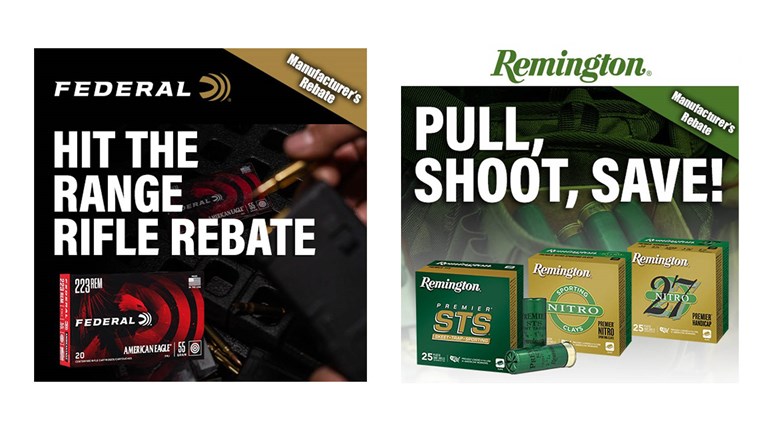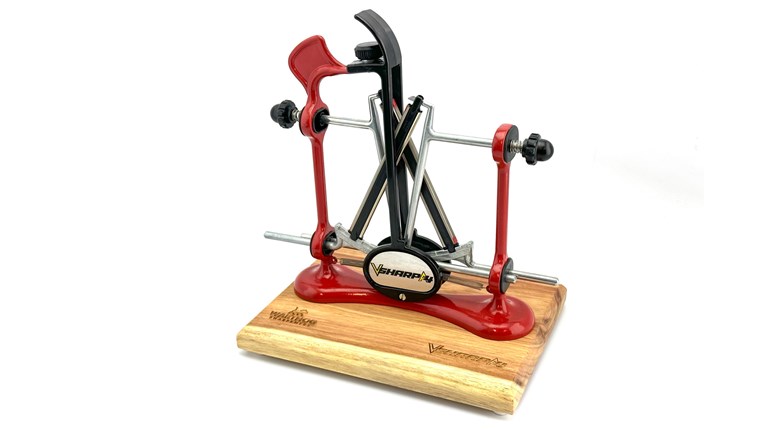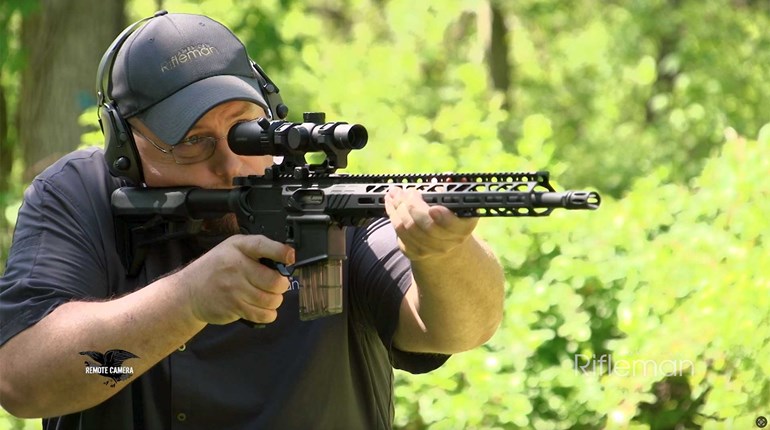
A mere half-century ago, the most popular shotgun for home defense was whatever homeowners had. Often that meant Grandpa’s Sears, Roebuck & Co. double-barrel, a Winchester Model 12, a Browning A5, Remington 1100 or a Mossberg 500 pump, because those are, of course, a few of history’s most sold shotguns. But, somewhere along the line—likely when many Americans could begin to afford multiple guns for specialized purposes—home defenders became choosier. Like always, Americans emulated the experts, in this case law enforcement and the military, for suggestions while also considering their own unique experiences and needs. As a result, the market has boomed with shotguns that are handier, more versatile and more effective than ever. But, because we cover the latest tactical shotguns frequently within these pages, a brief history of the combat shotgun and how it evolved might be interesting.
World War I’s trench warfare witnessed some of the most horrid fighting conditions ever documented. Grisly new weapons were invented during this time, then immediately countered with others. One simple adaptation occurred when our fighting men thought a shotgun, with its spreading swarm of pellets, would be ideal for the confines of the trenches, and so was borne Winchester’s Model 1897 “Trench Gun.” It was an exposed-hammer, 12-gauge, slide-action like John Browning’s original that was used to great effect during the Philippine-American War, except it was fitted with a bayonet lug, a short 20-inch barrel and a barrel shroud.
The shotgun became so feared in battle that in September 1918, the Germans wrote a diplomatic letter to U.S. Secretary of State Robert Lansing complaining that it was inhumane for battle. The plea fell on deaf ears (why the side that launched chemical warfare complained about a shotgun is an entirely different question). Noting the Model 1897’s success and that U.S. forces desperately needed more of them, the newer Remington Model 10—a hammerless design—was similarly equipped, purchased and shipped overseas.
In the years following the Great War, Winchester’s Model 12 became the standard repeating shotgun for sportsmen, and so shorter “riot” and “trench” models became available and were used by police departments and the military during World War II, as did Ithaca’s Model 37. However, the Achilles’ heel of the Model 12 was its high cost, thanks to production that was non-automated. During this time, Remington’s Model 11—a recoil-operated semi-automatic shotgun and the precursor to the famous Browning Auto 5, as well as a couple of Savage A5 clones—saw limited service with the military, although they were generally not as coveted due to the semi-auto’s lower reliability compared to pump guns.
In 1950, the Remington 870 emerged as a lower cost (because of its mass-production)and improved (arguably) option to the beloved Model 12. Riot models were produced, many of which saw action in the dense jungles and tunnels of Vietnam, as did Stevens’ 77E, the Ithaca M37 and Winchester’s answer to the 870, the Model 1200. By this time, many of these shotguns were fitted with extended eight-round magazines.
Over time, the 870 began to emerge as the clear leader among police departments and the military due to its reliability, ease of modification, inexpensive cost and familiarity among fighting men. Eventually, it would be rivaled only by Mossberg’s 500 in terms of popularity among American sportsmen. From the 500 evolved Mossberg’s 590.
The 590 was the product of Mossberg’s attempt to win U.S. military contracts. It did away with the 500’s plastic tang safety and trigger guard, replacing both with metal. A new magazine cap allowed cleaning the mag tube without disassembly. The mil-spec 590 wore a 20-inch barrel, Parkerized-metal finish and a six-round, extended magazine. It won lucrative contracts.
Mossberg then beefed up the 590 to meet the Navy’s special request. The barrel was thickened so it could withstand being slammed in the steel door of a warship and still shoot straight. A barrel shroud, eight-round magazine and a bayonet lug were added. The resulting 590A1 was the military shotgun of choice until Benelli’s semi-automatic M1014 (the M4 Super 90) officially replaced it in the early 2000s.
Why did the military decide to transition to a semi-automatic rather than a pump-action for its shotgun? The first gas-operated shotgun produced by Benelli, the M4 makes use of two short-stroke pistons and only four parts in its operating system to enhance reliability and ease of maintenance, making it ideal for military use. While the pump-action may be slightly more reliable, all things considered, the speed advantage of a semi-automatic—especially one as reliable as the M4—made it an attractive option.
While there are other specialized shotguns that have been employed in combat, such as the M26 Modular Accessory Shotgun System, the Knight’s Armament Corp. Masterkey, the AK-47-based Saiga-12 (used by the Coast Guard) and others, today 590A1s, 870s and M4s remain heavily represented among law enforcement, military and special forces.
Meanwhile, American home defenders have generally followed the scattergun choices of the U.S. military. During the decades immediately following the Vietnam War, consumer sales of Remington 870s and Mossberg 500s were through the roof, both as hunting guns and for home defense, just as Benelli M4 sales spiked in the 2000s. Why? Because many American home defenders are already familiar with these guns owing to sporting experiences, and due to the guns’ stellar pedigrees that assure us they are built to perform in the rigors of combat.












